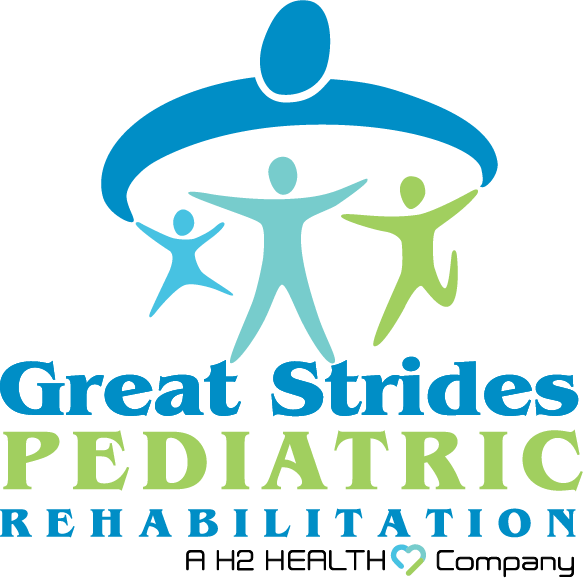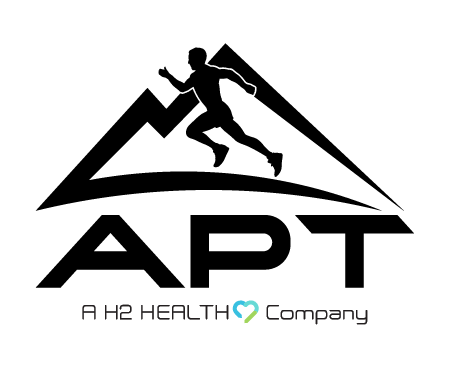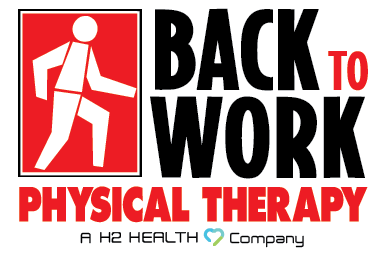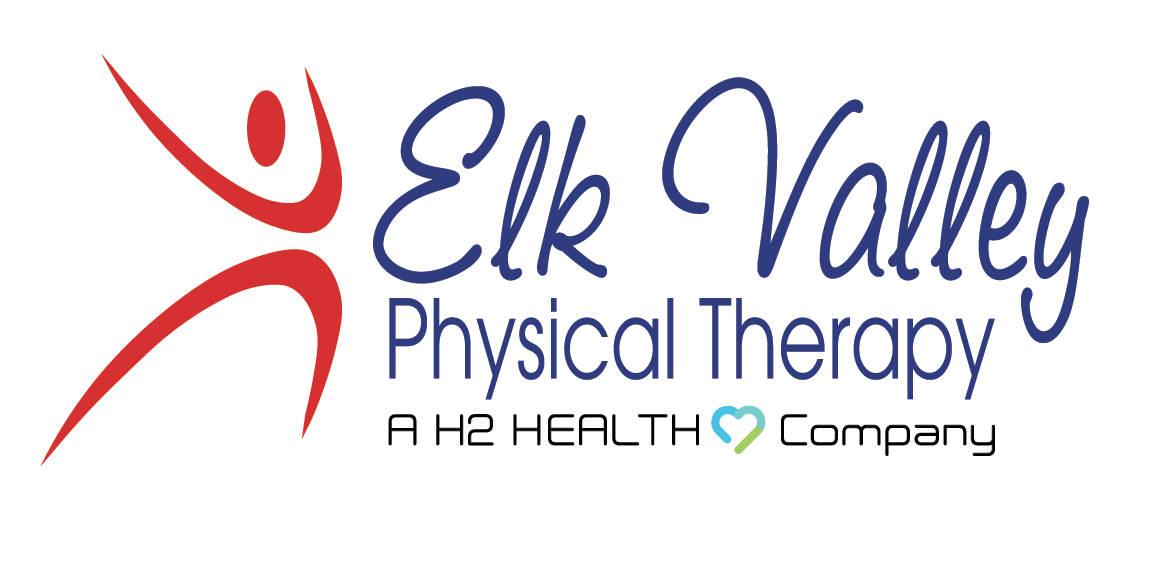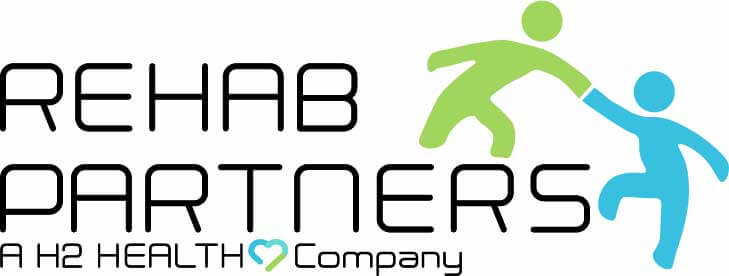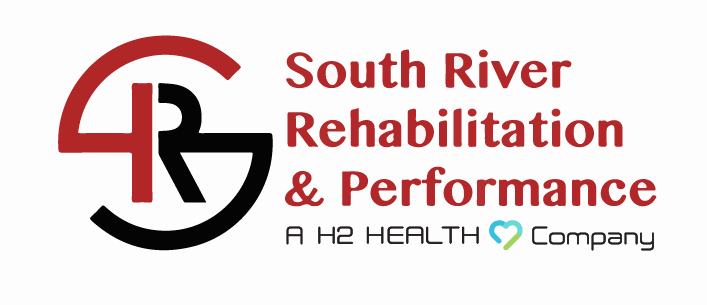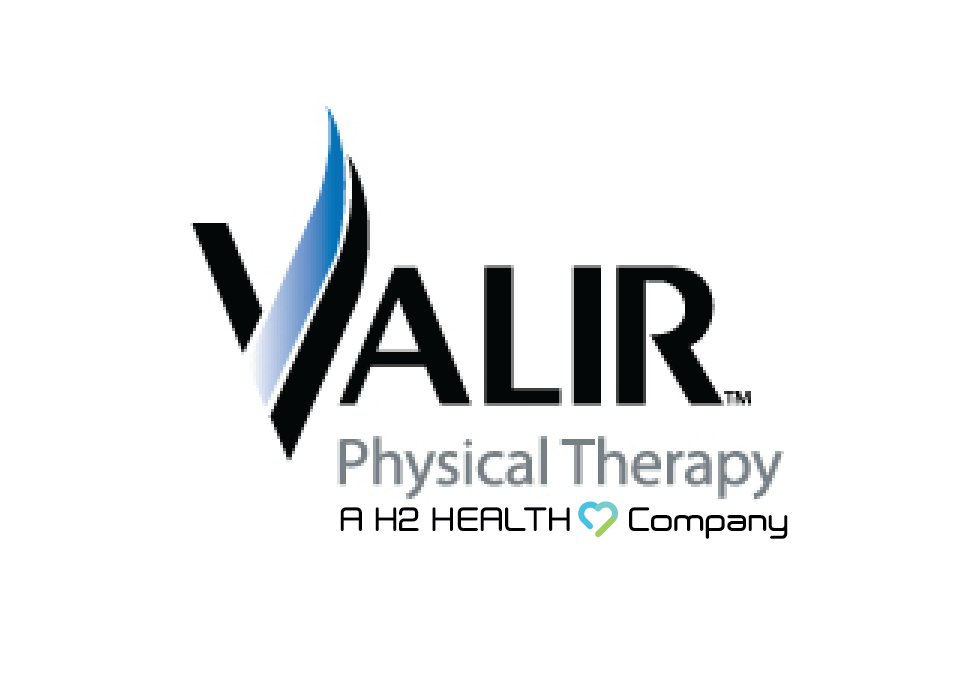
Transferring a person with dementia is not an easy task and should be done with the assistance of a professional. Dementia is not a single disease; it’s an overall term — like heart disease — that covers a wide range of specific medical conditions, including Alzheimer’s disease. Disorders grouped under the general term “dementia” are caused by abnormal brain changes. Many conditions are progressive, which means that the signs of dementia start out slowly and gradually get worse. Cognitive impairment in dementia often limits the resident’s ability to communicate effectively, which makes it difficult to clearly identify the resident’s needs before attempting to move them. Not taking their individual cognitive impairments into consideration during a transfer can lead to distress and injury.
When attempting to move or assist someone with dementia…
1. Assess their current state.
Determine the ability of the resident in that moment before alerting the resident of a transfer. A memory care resident’s cognitive ability can vary from day to day, sometimes minute to minute. They might require more or less assistance in the present than they have in the past.
2. Identify any equipment you will need to assist you.
This could include assistive walking devices, a wheelchair, or another person. It is also important to ensure that the resident knows it is there.
3. Explain why they are being moved.
This is an important step before you attempt to move them. Remember to be patient and repeat yourself as you are preparing to start the transfer.
4. Adapt the environment to make them feel safer.
To reduce the other triggering factors, reduce the noise level, improve lighting, and minimize distractions in the room.
5. Continue to talk to them.
Repeat yourself when necessary to explain what you’re doing, as you’re doing it, especially if they show signs of confusion or distress. Assure them that you are on their team and correlate the transfer to the positive end goal (ex. “We have your favorite for dinner tonight!” or “Come enjoy the beautiful day with me outside.”).
Types of Transfers
Stand Pivot Transfer
1. Set the surface you are moving from as close as possible and at a 45 degree angle to the surface to which you are moving. For example, put the wheelchair as close as possible to the tub bench.
2. Help the resident move as far forward as possible on the surface.
3. Help the resident place both of their feet on the floor and to lean forward. Be sure the person is wearing footwear with a nonskid bottom.
4. Stand directly in front of the resident.
5. Tell the person you are going to help them move from one place to the other. Show the person the destination.
6. Bend at your knees and straddle your legs with the resident’s legs. Hold onto the transfer belt. Ask for a big hug around your shoulders.
7. Ask the resident (gestures, words, or physical assistance) to turn their face toward the destination to see where they are going.
8. Count to three and pull the person forward from the hips into a standing position.
9. Slowly help the person take small pivot steps (small turning steps on flat feet) around toward the destination surface.
10.When the person can touch the destination surface with the back of her or his legs, slowly guide the person into a seated position.
Sliding Board Transfer
For this transfer, you will need a piece of equipment called a sliding board. A sliding board is a flat wooden board used to bridge the gap between two surfaces. It is available at most communities. If you do not have one, please reach out to your H2 Health representative.
1. Set the two surfaces as close together as possible. Remove away armrests, pillows or, anything else between the resident and the surface.
2. Help the resident scoot forward while seated on the surface.
3. Make a bridge between the surface and the destination surface. Place one end of the sliding board under the resident’s leg that is closest to the destination, and the other end of the sliding board on the destination surface.
4. Stand directly in front of the resident. Tell them you are going to help them move from one place to the other. Show the person the destination.
5. Bend at your knees and straddle your legs with the person’s legs. Have the person give you a big hug around your shoulders without pulling on your neck.
6. Ask the resident (with gestures, words, or physical assistance) to turn their face toward the destination to see where they are going.
7. Que the resident, and count to three.
8. Scoot the person onto the board. Continue scooting the person along the board (using the counts of three) until the person is on the destination surface.
Tips for Queuing
Cueing means guiding the resident through the task before and during the transfer. Keep cues as simple and consistent as possible.
Verbal Cueing:
Give simple one to two word verbal cues. If you have to repeat your cue, try to use the same words and tone. Be direct, but not demanding. Anger or impatience will only aggravate the resident so try to keep a neutral tone.
Visual Cueing:
The visual surroundings can be very confusing for the resident. Try using contrasts to help the resident distinguish the location of objects. For example, a white shower chair might blend into the white tub and can make them feel like they will fall into the tub. Point to the surface you are going from and the destination surface and make the end point visible.
Manual Cueing:
Use both your touch and the person’s touch to help guide the transfer. Let the resident touch the destination surface. This could increase confidence that the move won’t leave them on the floor. Hug each other during the transfer for added security. Your touch should be firm and slow.
Remember that every individual with dementia is unique, and their needs may change over time. Continuously assess the quality of care your loved one is receiving and be prepared to make adjustments as necessary to ensure their safety and happiness in a care community. If your loved one needs physical therapy in their memory care community or at home to become more active, we are here to help. To schedule an appointment or consultation, reach out to us.
Sources:
1. Michigan Department of Health & Human Services https://www.michigan.gov/-/media/Project/Websites/mdhhs/Folder3/Folder71/Folder2/Folder171/Folder1/Folder271/Caring_Sheet_18.pdf?rev=4c76526e2bc04a3cb24b45734db6f78f
2. Spectrum Healthcare https://spectrumhealthcare.com/resources/safe-patient-handling-transferring-patients-with-dementia/

